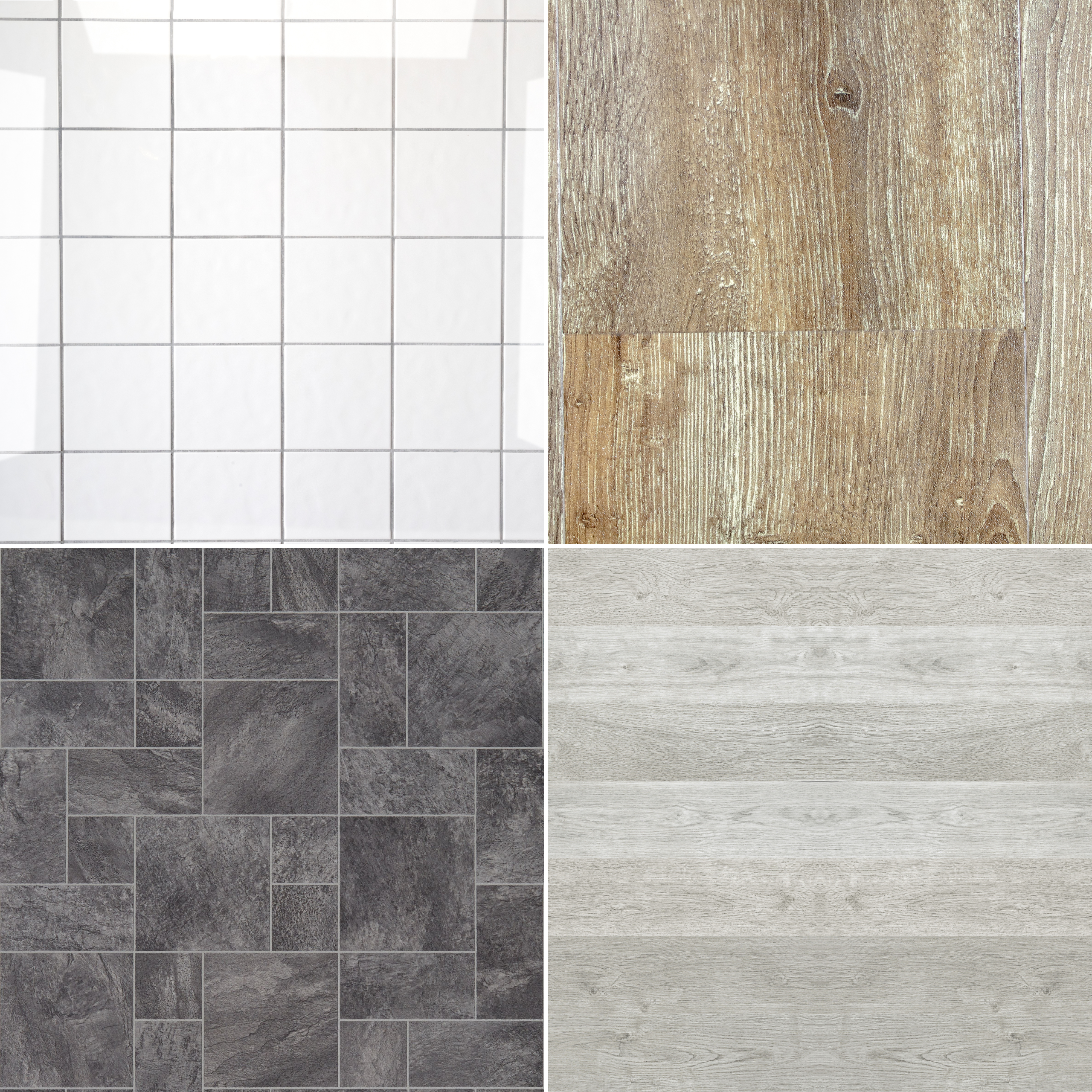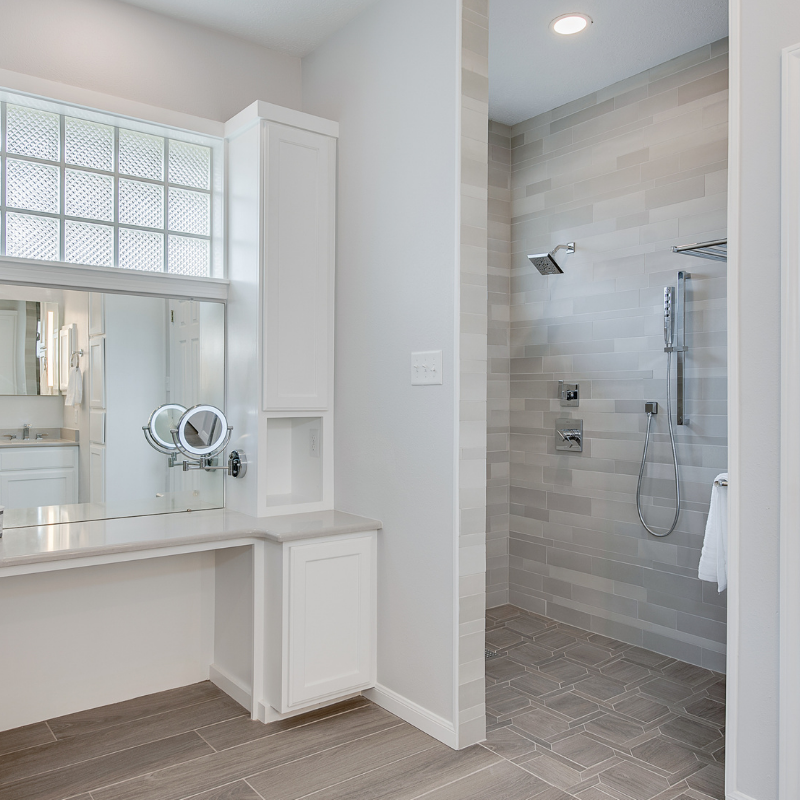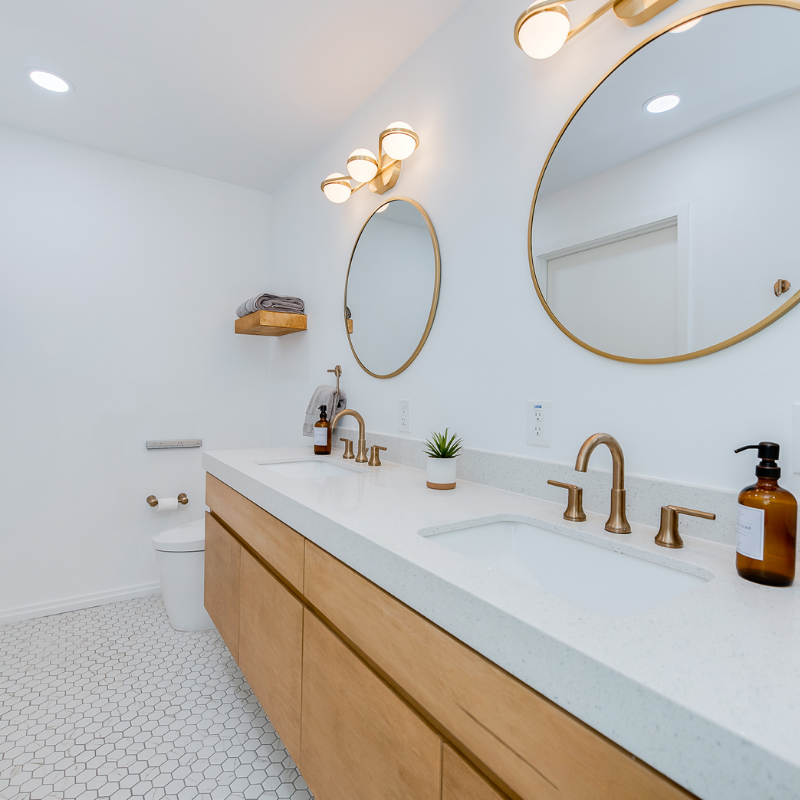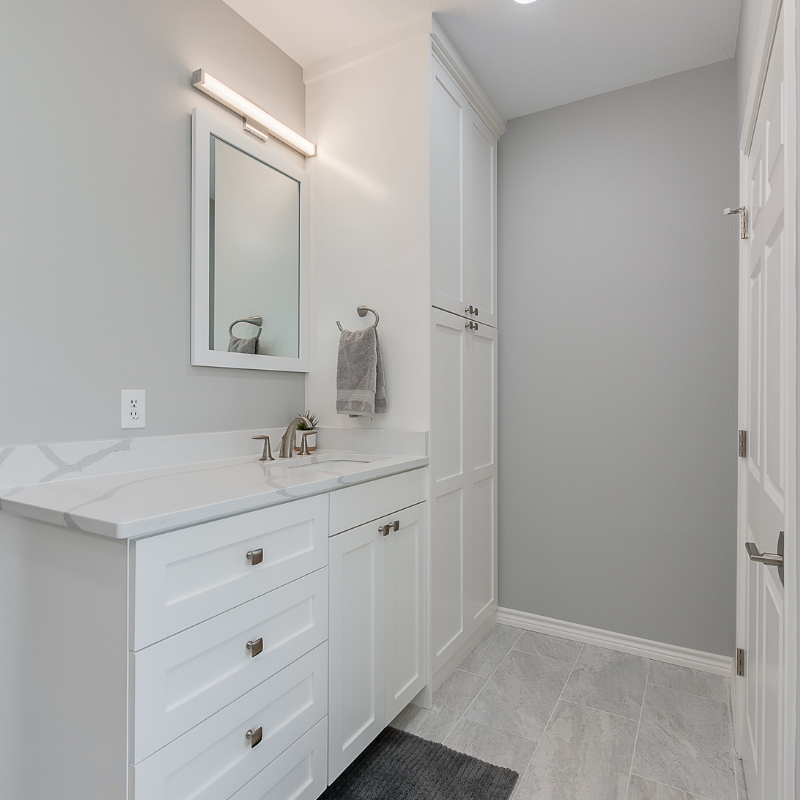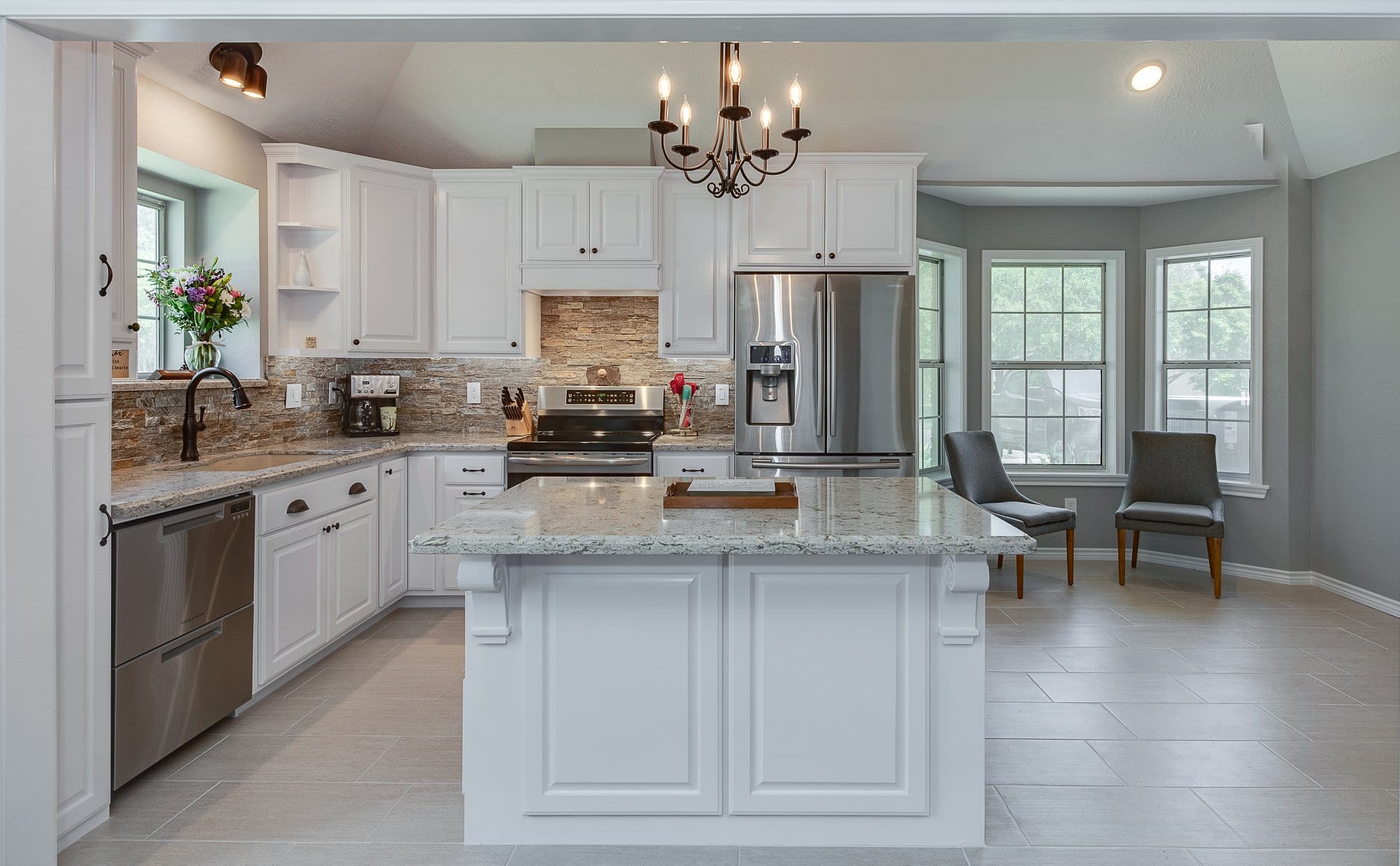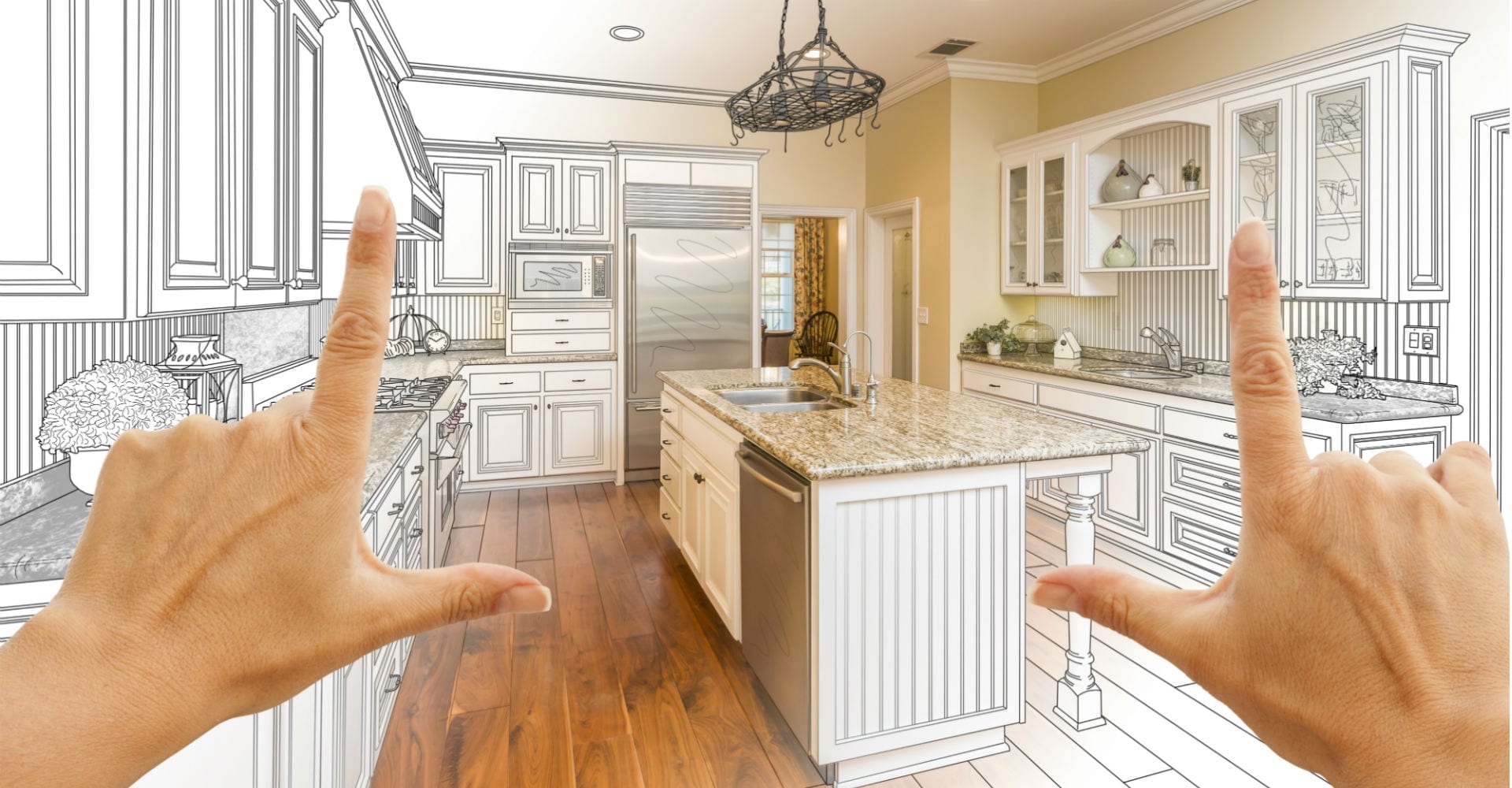Tile may be the traditional bathroom choice for most, but it’s not the only flooring type that performs well in a wet environment. When choosing your bathroom flooring, consider style, durability, and comfort.
A bathroom floor must be able to handle moisture and humidity from daily use and the appearance of sudden leaks. Making the proper choice to take the required water is the first hurdle you will have to jump.
It’s normal for a certain amount of water to end up on the floor. Also, drips usually cause temporary wet spots as you get out of the shower or occasionally overspray. These minor mishaps can be cleaned up quickly, but the tiny beads of water dripping around a shower base rim could become a nightmare for any homeowner over time.
The bathroom contains more plumbing than any other room in the house, making it likely to spring a leak.
In addition to the water you can see, you also have to consider the water that you cannot see – humidity, which affects some types of flooring more than others.
Here are a few choices to help you think about the correct type of bathroom flooring for your home:
Tile:
Tile is most likely the first option that comes to mind when you think of bathroom flooring, and for a good reason. It is the most popular and most commonly used flooring type. Its popularity stems from the fact that it can handle water well and comes in almost an endless variety of styles. You can choose from all kinds, such as ceramic, porcelain, or natural stone.
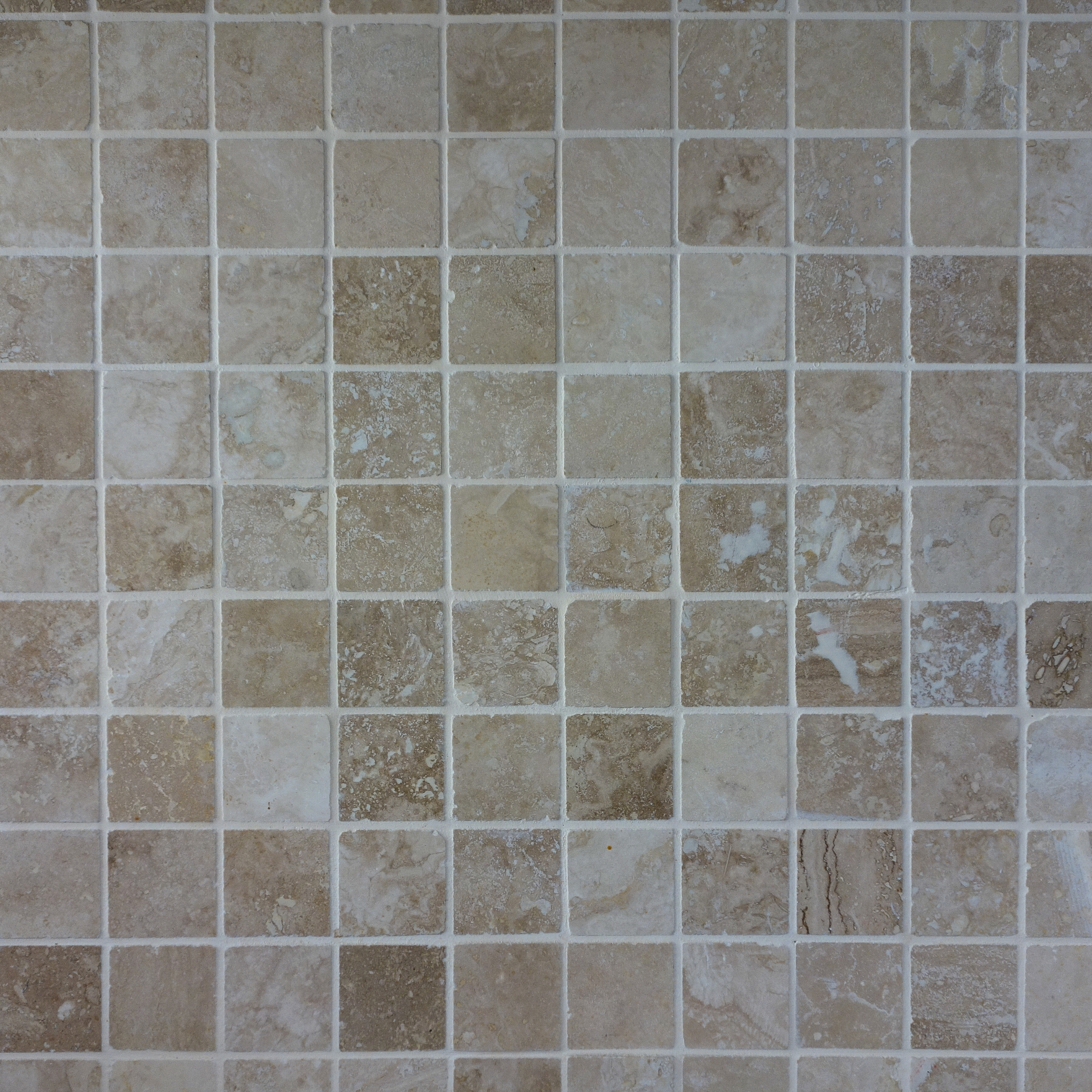
One downside to tile is that it is tough on your back if you stand on it for an extended period. Also, it can be cold in a room where you are often barefoot. Other essential factors to consider when shopping for tile are porosity and slip resistance. The higher the porosity of the tile, the more water it is likely to be absorbed. The determining factors are the tile’s body and the glaze surface if used.
Grout Matters:
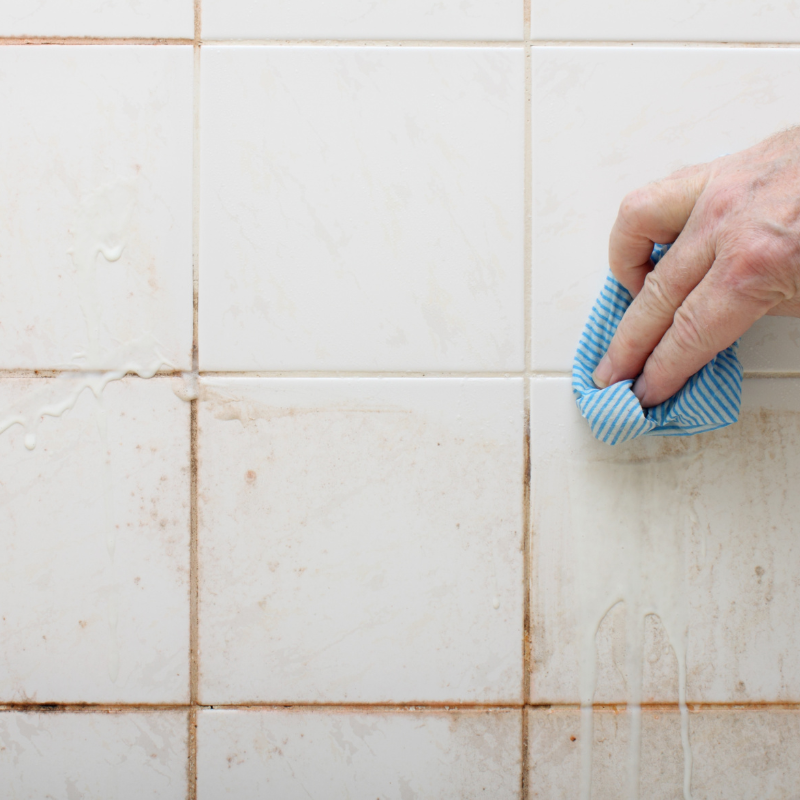
No matter how thin a grout line is, it still catches dirt. To reduce the appearance of dirt as much as possible, choose a grout with a low absorption rate. The lower the absorption rate, the more resistant the grout is to staining and discoloration.
Linoleum:
Linoleum was largely ignored for much of the 1960s up to the 1990s. However, it has come back in the previous years due mainly to its status as an environment-friendly product. Modern linoleum is often made of all-natural products such as linseed oil, wood flour, limestone, etc., which are biodegradable and have little or no VOC (volatile organic compound) emissions.
It can be installed using solvent-free adhesive and is naturally water resistant. Linoleum is also homogeneous throughout, so its appearance shows less wear and tears. It requires only a little sweeping and occasional mopping.
Cork:
Another type of flooring that many people do not know exists as a bathroom flooring choice is cork. Cork flooring is made from bark harvested from the Cork Tree (Quercus Suber), which regenerates after the harvest. The bark can be re-harvested every 9-10 years without damaging the tree.
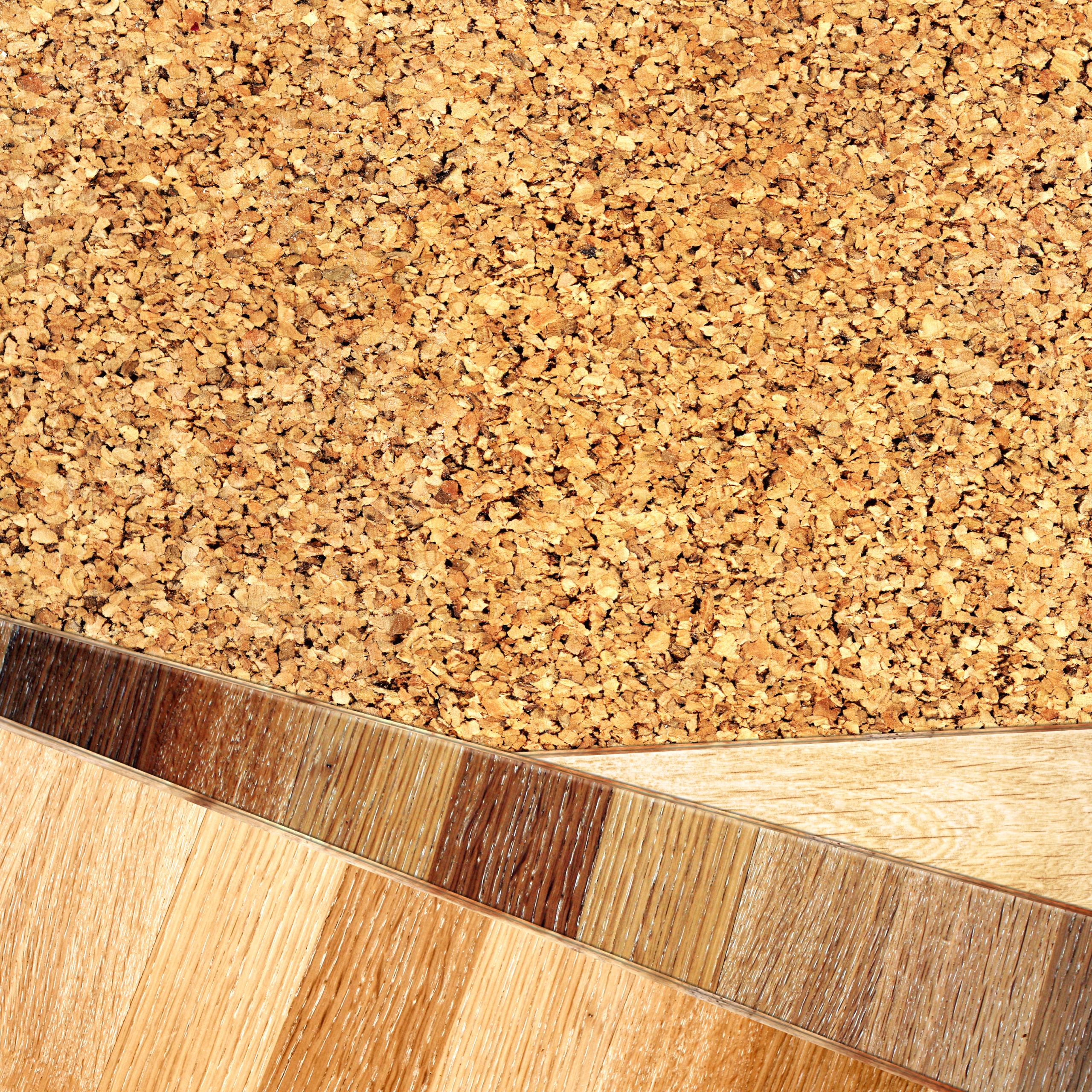
Regulated forests, mainly in Spain & Portugal, are cork producers. Unlike bamboo, cork is truly a green building choice. We recommend cork flooring for its sustainability, rot resistance, comfort, dent resistance, durability, and low acoustics. It is also a healthy choice for the environment and people with no VOCs. In addition, it’s a natural insect repellent with anti-microbial properties. Cork is also easy to maintain – efficient cleaning can be done with a damp mop.
Vinyl:
Today’s vinyl can imitate almost any bathroom flooring choice you can imagine in appearance and texture. Vinyl flooring is composed of multiple layers: a wear layer, a decorative layer, a foam core, and a backing made of either felt or fiberglass.
Fiberglass backing is generally the best choice for bathrooms because felt backing reacts to water. In addition, the Fiberglass backing has a layer of vinyl on the bottom, making the product completely waterproof. Maintenance for vinyl is minimal, only requiring sweeping and mopping and using some manufacturer-recommended products.
Concrete:
Another durable and stylish choice for bathroom flooring that has become a trend in recent years is concrete flooring. Concrete flooring lends a modern, industrial look. It can be poured using local ingredients, lending to its green appeal. Concrete handles water well if appropriately sealed. Maintaining the seal will require ongoing yearly maintenance.
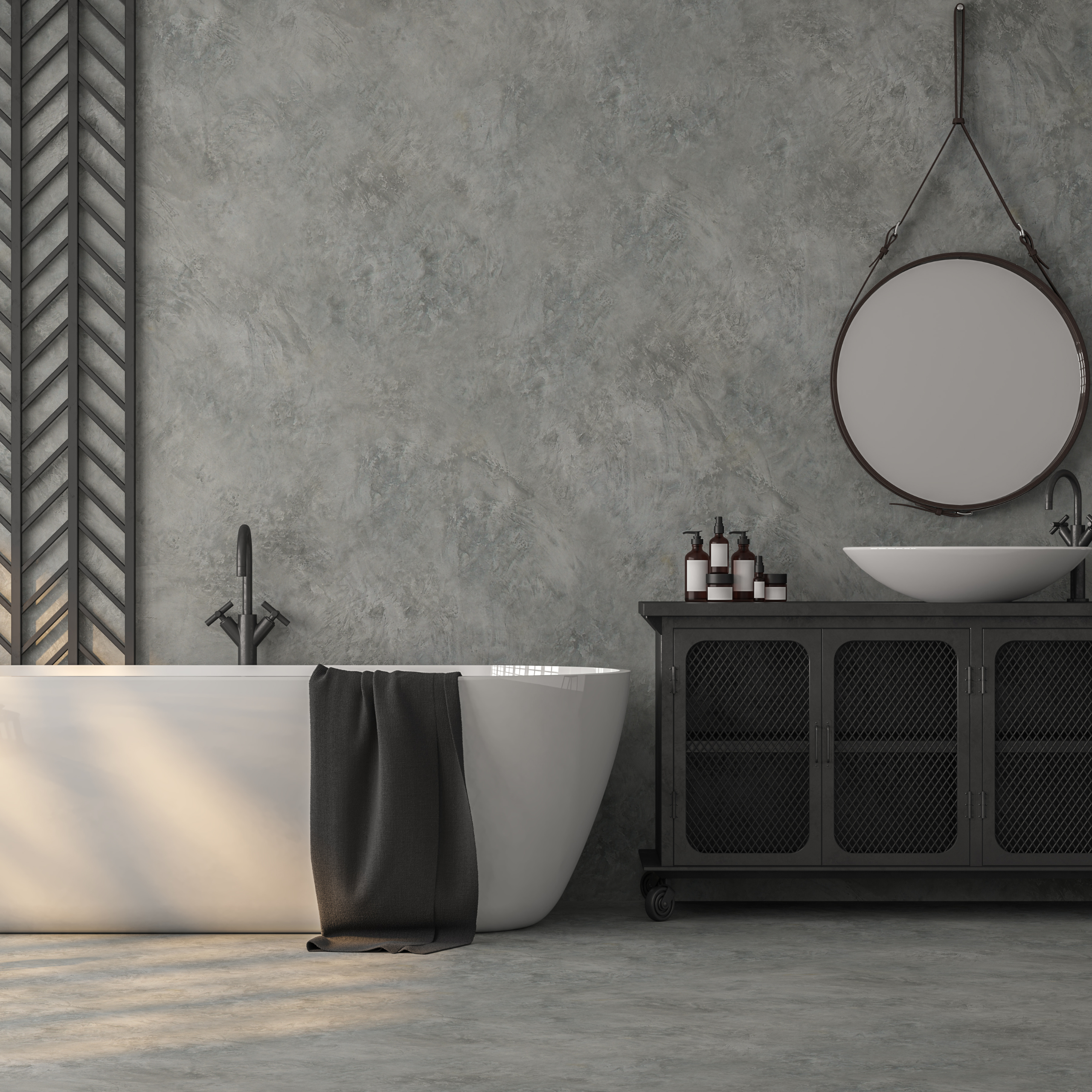
Daily maintenance for concrete flooring is minimal, requiring only minor sweeping and some mopping when needed. But you should check the sealer of the floor every year. If a drop of water beads up, the floor is well sealed, but if it absorbs into the concrete, apply a fresh coat of sealer. This rule of thumb applies to all flooring. One downside to concrete flooring is that it is often cold.
We are proud to work with Zwernemann Flooring in Bryan, Texas for our bathroom remodels!

